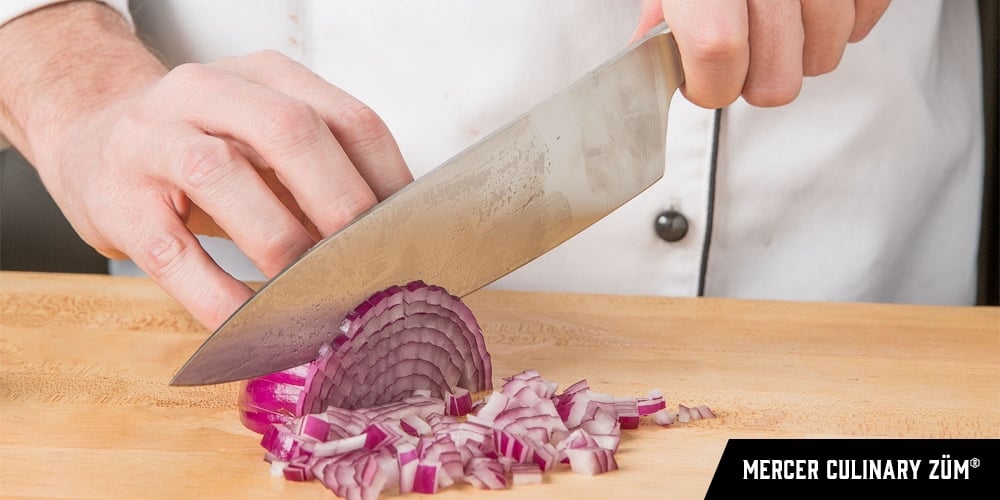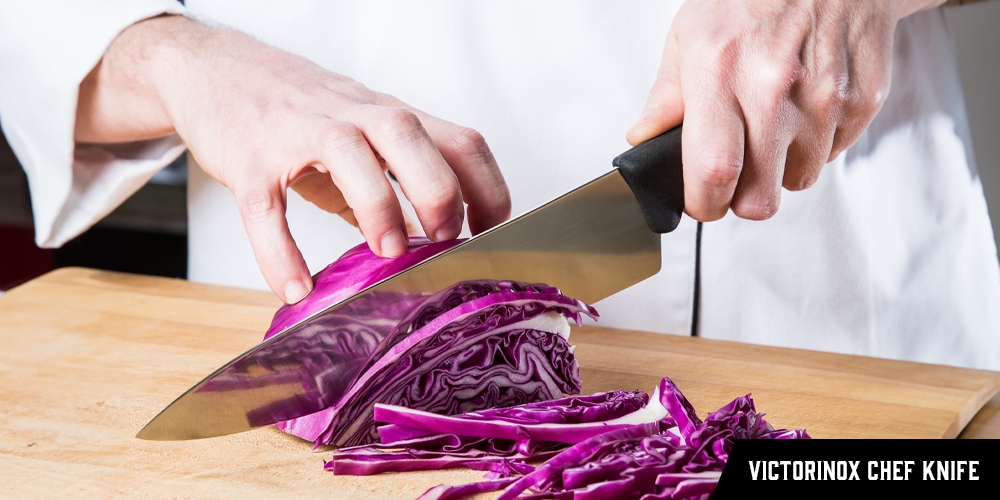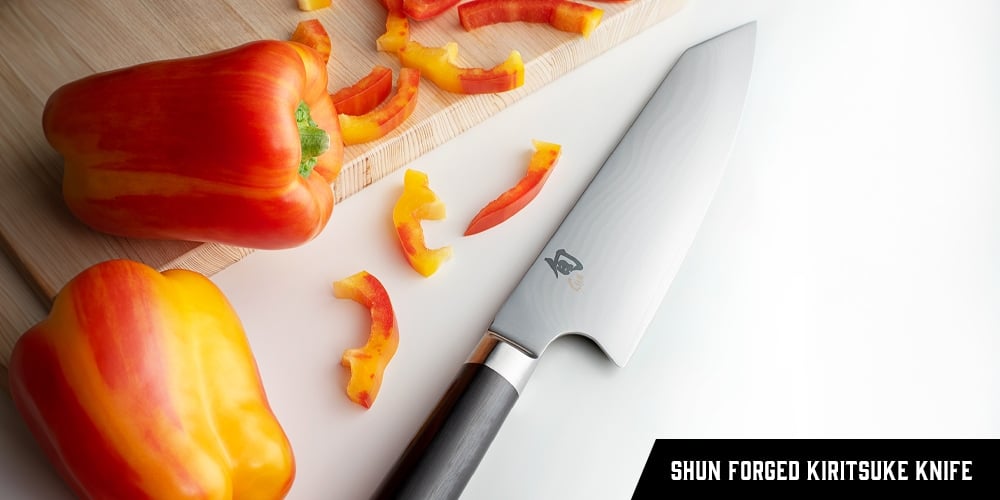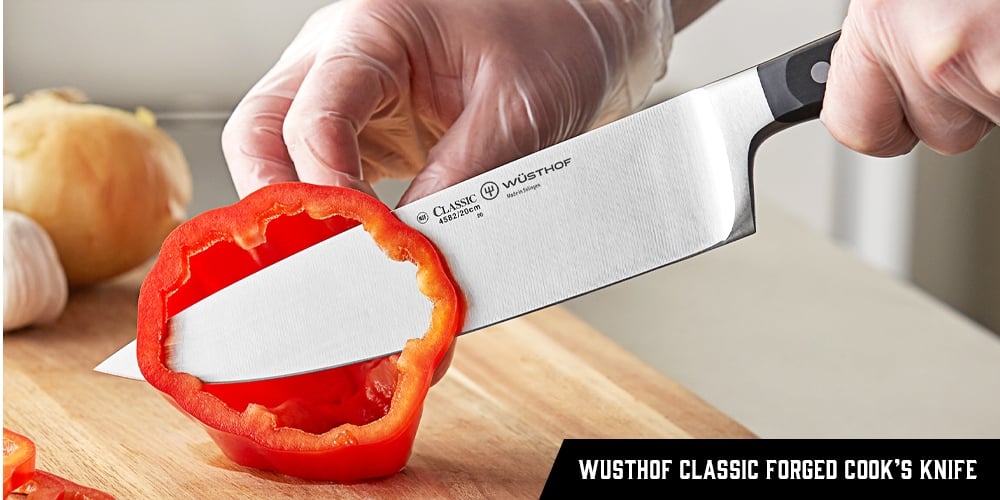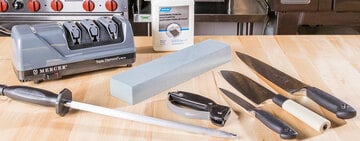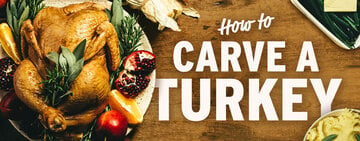The best chef knife is durable, comfortable, and agile. Its balance and sharpness allow a chef to wield it deftly as an extension of their arm. As you experiment with different types of chef knives, consider the make, material, weight, balance, and sharpness before making your selection.
1. Make
Chef knives are crafted by two methods: stamping or forging. Stamped knives are machine-made from high-quality materials, resulting in a more generic and less expensive option. They are still highly effective but might require more effort to break in to match your preferences.
Forged knives are handmade by expert craftsmen utilizing specialized machinery to shape heated metal into a precise blade. Because of this process, these knives are the gold standard among chef knives. They cost more than stamped knives, but proper care will ensure they perform just as well in 20 years as on day one.
2. Material
Chef knife materials vary, but most are steel alloys that create a stronger, harder, or lighter blade than regular steel. Popular choices include:
- Carbon steel: By adding iron to steel, the blade gains more durability and a sharper edge. However, carbon steel requires more upkeep to maintain knife quality, which is a deterrent to some.
- Stainless steel: With many of the same qualities as carbon steel, stainless steel has the bonus of resisting corrosion. However, these blades do not maintain a sharp edge for long and don't sharpen well over time.
- High carbon stainless steel: Combining the best qualities of carbon steel and stainless steel, this material is reserved for professional chef knives with a hefty price tag. Their pros far outweigh their high price tag for chefs relying on a quality knife for their trade.
- Ceramic: Ceramic knives are light weight, nonreactive, hard, and incredibly sharp, but they aren't as durable as steel knives. They shatter if dropped and require a special sharpening method to retain the edge, so use them with care.
3. Weight
A chef knife's weight is subjective to the user's preferences and duties, but our experts consider it the most influential factor when choosing a knife. While heavy knives are ideal for cutting through dense meat and bone, other chefs might find them too unwieldy over long periods of prep work. In contrast, light knives are challenging to control for precise cutting and require more effort to complete a cut.
4. Balance
Balance and weight go hand-in-hand, and you should test both before investing in a knife. To test balance, hold the knife with the tip pointing away from you and try to keep it straight. After that, perform the same test by holding the knife at a right angle to your arm. If either grip strains your arm, the knife is not well-balanced.
5. Sharpness
Dull knives can result in injury or ill-prepared food, so examine sharpness as part of your research. Knife sharpness is judged by how sharp the blade gets, how long it stays sharp, and how often it needs sharpening. These qualities are a factor of blade material, so consider this as part of blade upkeep.



